Well the cab is now cleaned up and ready to start on the fabrication. I found a nice sharp air hammer bit trimmed the cab real easy. I just took my time and worked on the inside of a bend next to the line of spot welds or with a steel backer and she cut like butter. I cut out the inside of the doors in order to give my self 4 more inches of elbowroom in the cab. Once the roll cage gets started things get tight quick. I will start with the doors by using some square and round tubing to re-enforce the door skin. The whole cab can be picked up one person now. I would guess it’s around 185Lbs. I’ll try to get a weight on it before to long. Building the front suspension is going to be a little harder then I thought, due to the narrow with of the truck. I might be forced to widen and lengthen the wheelbase in order to accommodate the new suspensions. The doors are made stable again. I used 1 inch round tubing across the top of the door panels. Tacked it to the tubing across the top, then used ¾ inch square across the bottom of the door just under the door latch to the lower hinge mount. Added in ½ inch square tube between the two. I found that the ½ inch square fits nicely in the stock window channel. It makes it easy to weld to the back of the door just above the door latch. Just gives enough room to remove the latch. Once the roll cage is installed I will be able to put the inside door handle back in.

Well I just picked up an early block 4.3L V6 it’s a 1992 out of a GMC Jimmy.
She is one ugly suv. It came from my neighbor who owns Collage Oak towing here in Sacramento.
It was over heated pretty badly. It melted the guts right out of the temperature sensor. Other than that it looks to be a good engine to rebuild. I now can see the real differences between the 1997 Vortec engine and the 1992 non-vortec. One difference is the balance shaft in the vortec.
other differences are the hold down and guides on the roller lifters. Then there is the timing chain cover and bolt pattern. The oil pans are stamped steel non-vortec cast aluminum vortec.
4.3_oil_pans.jpg 
The vortec came out of a Chevy S-10 the pan is about 1.5 inch taller. Looking at the back of the block the 97 vortec does not have freeze plugs in the bell housing area. The 92 block has a hole in the side for where a fuel pump would be mounted if it were carbureted. They just did not knock out the inner wall of the block casting. And of course there are the heads and the intake mounting bolts. Now I can use the Nascar manifold that is built for these engines. Oh and the Vortec engine had spun a rod. So it will make parts for the 92 if needed. Well I got the new older model 4.3 torn down and ready to go the machine shop. Every thing looks good inside this one. I should have pictures of the machine process when they get started on it. It will be a couple of weeks tell they get started on it.








 Reply With Quote
Reply With Quote







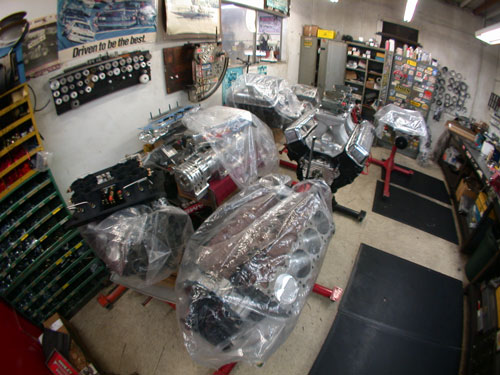
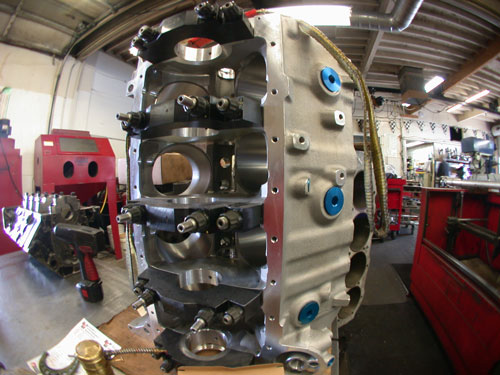
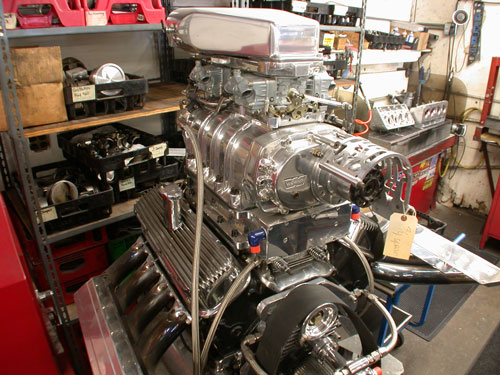

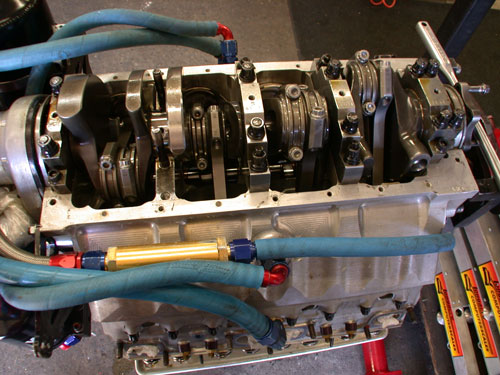
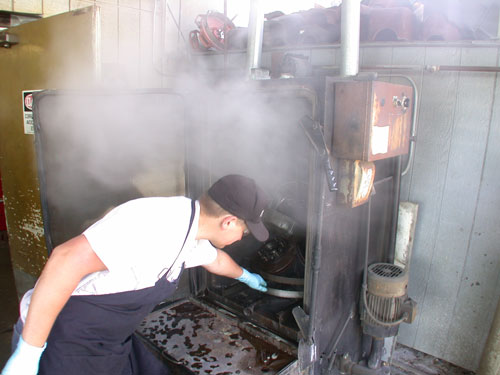



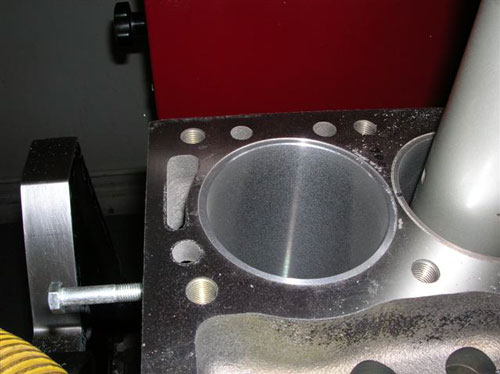
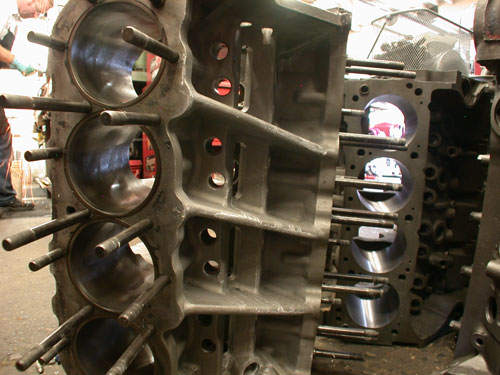
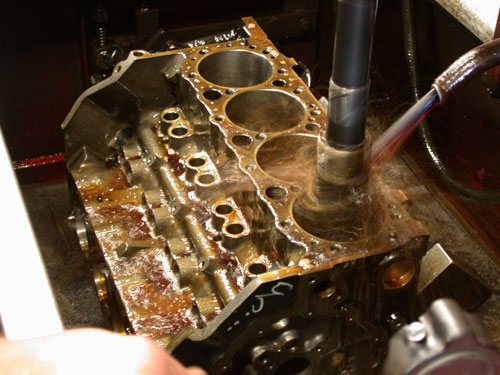
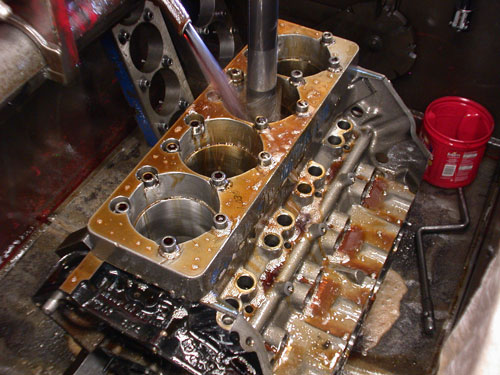
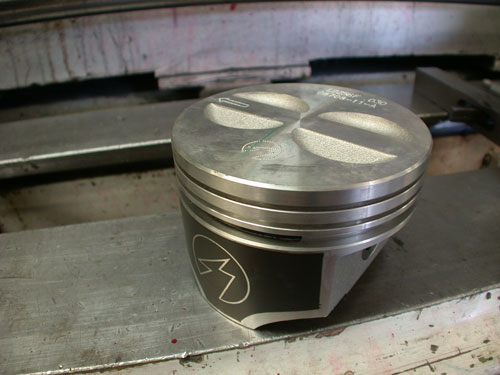
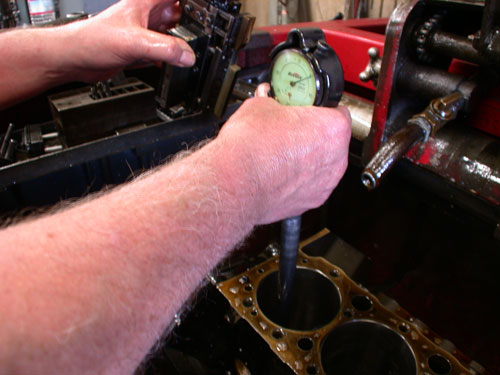

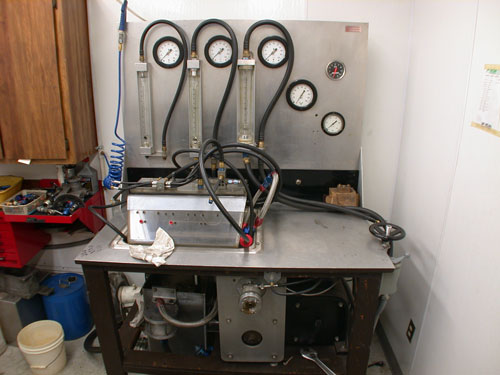

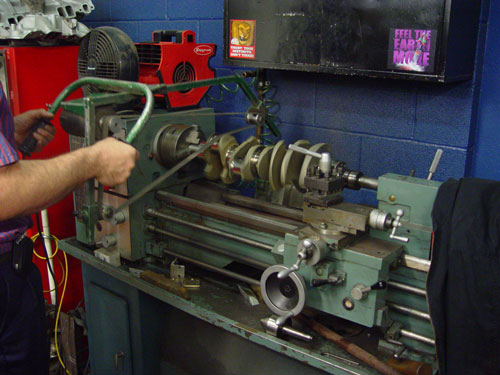



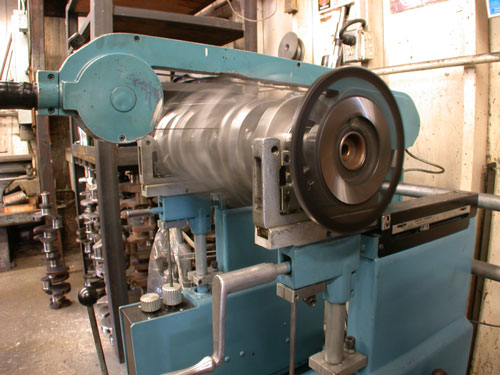
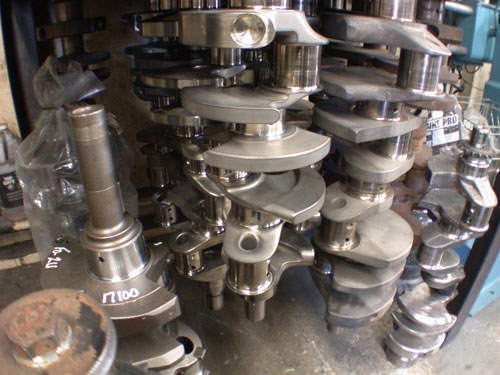
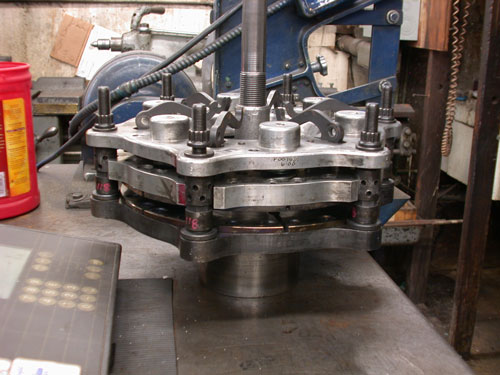
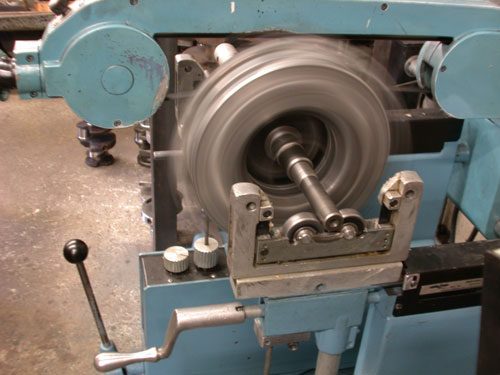
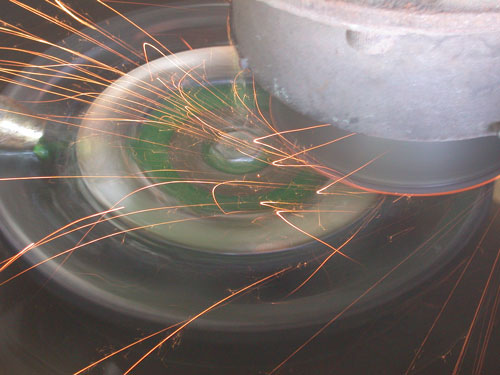








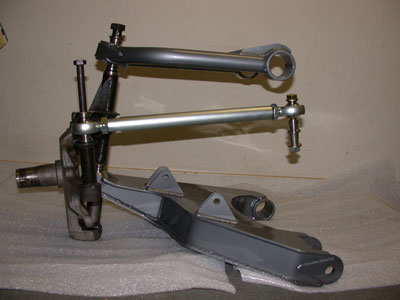
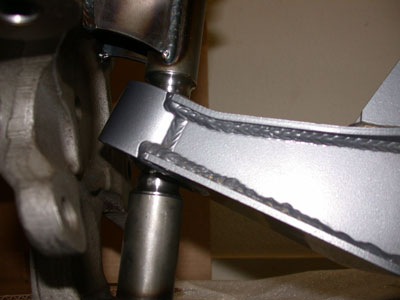


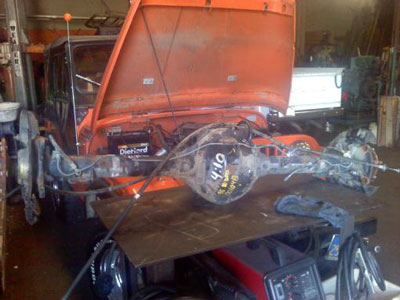


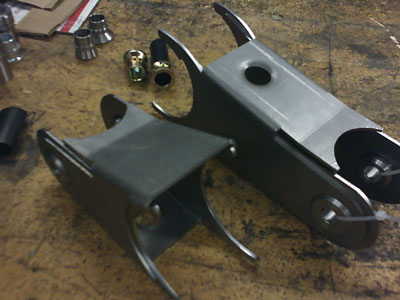

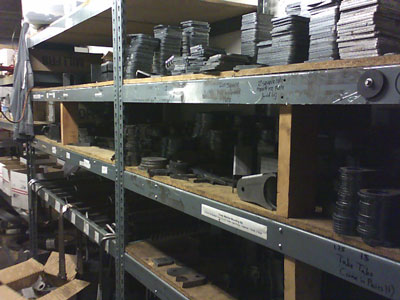
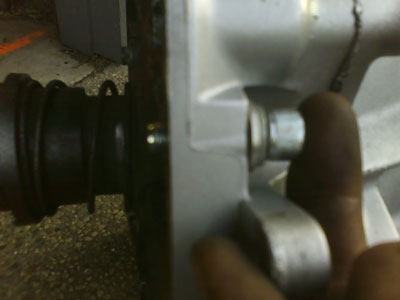
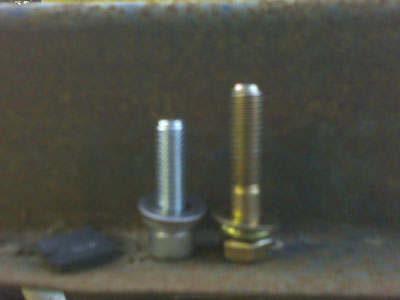



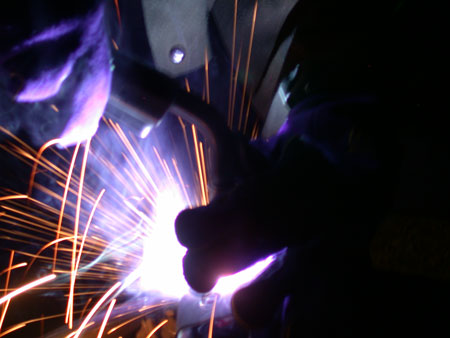

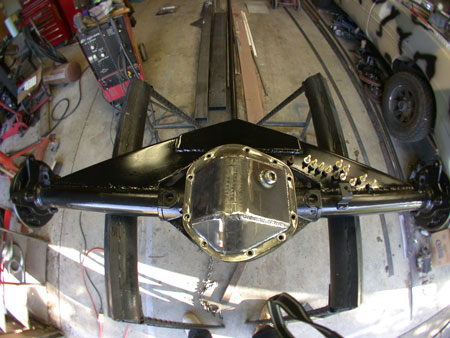
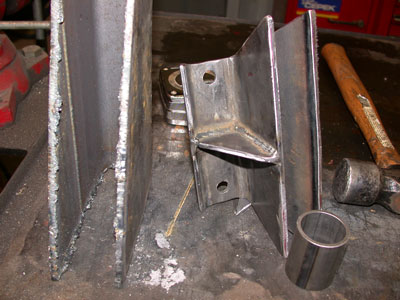

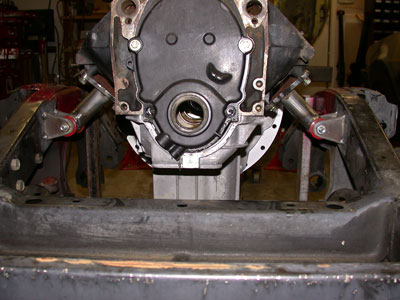

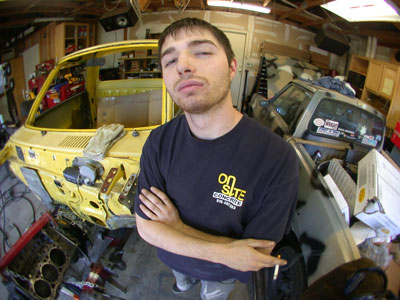
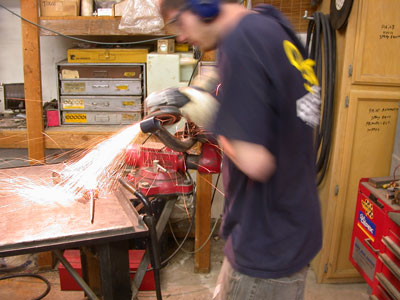



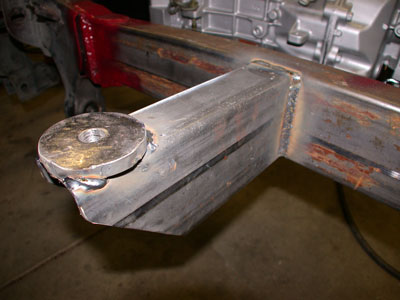

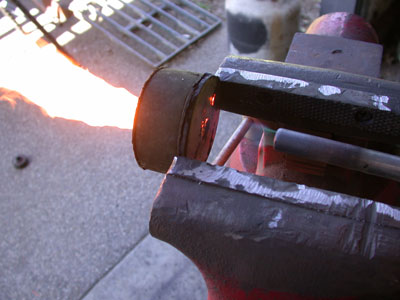

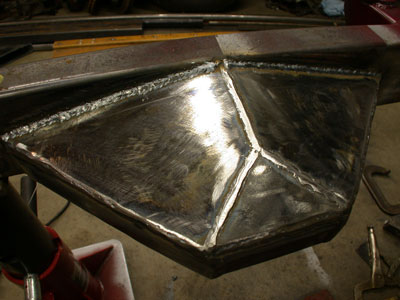

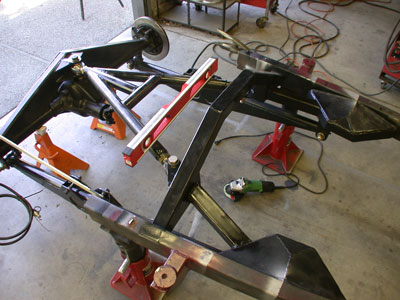
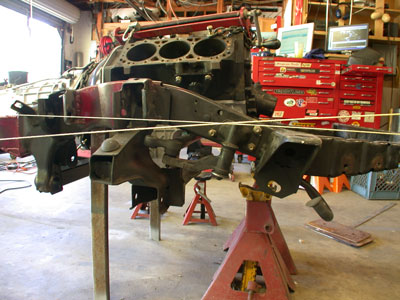

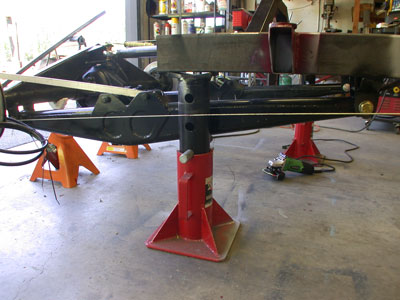

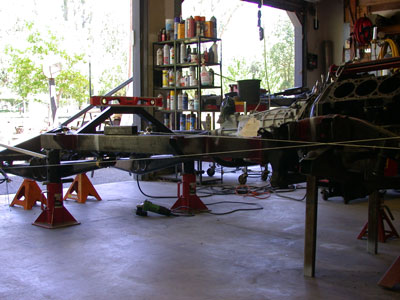
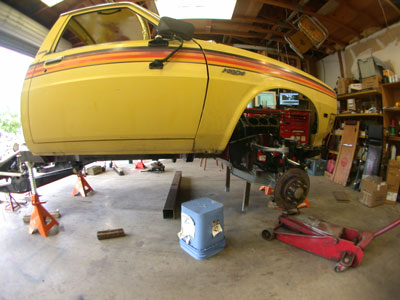

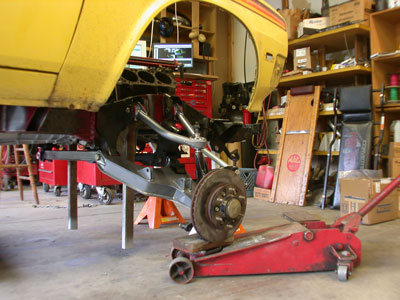
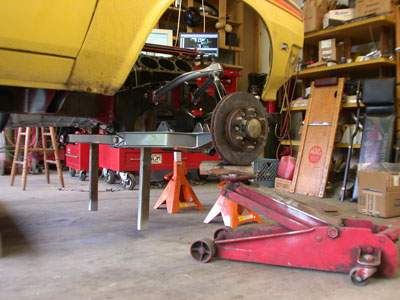


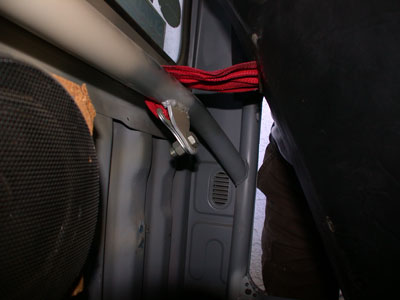

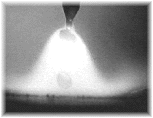


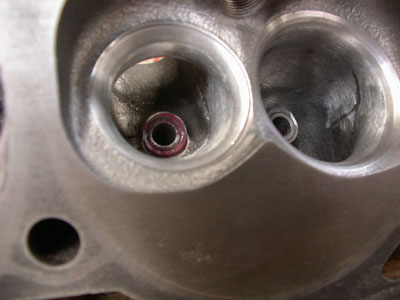
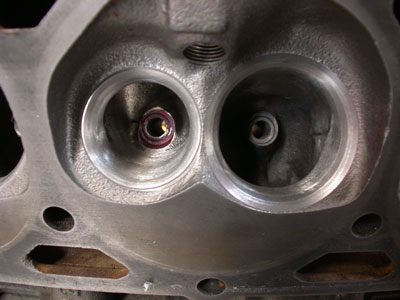


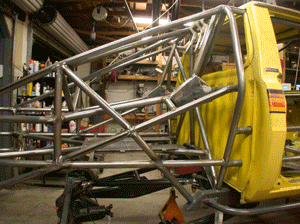

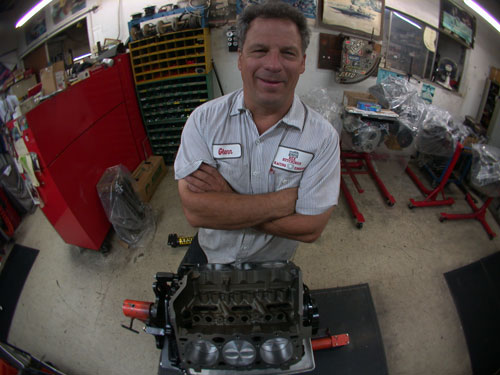

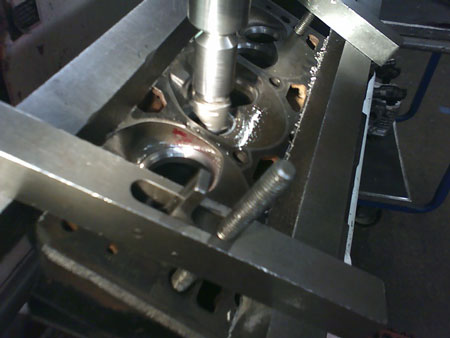
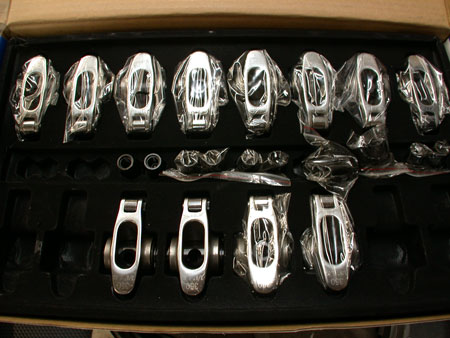
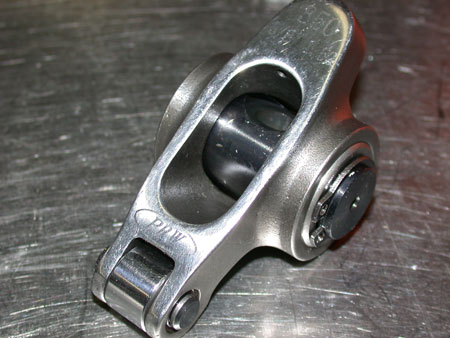






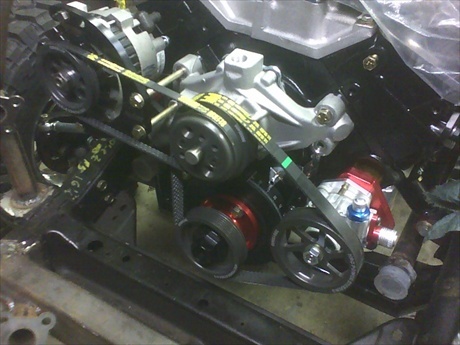

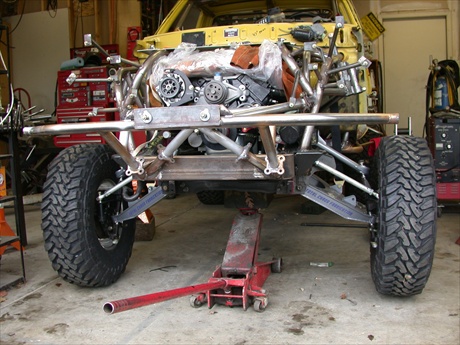

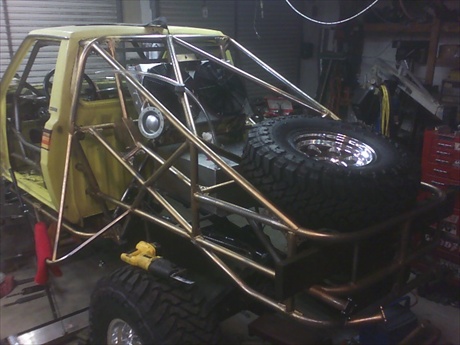


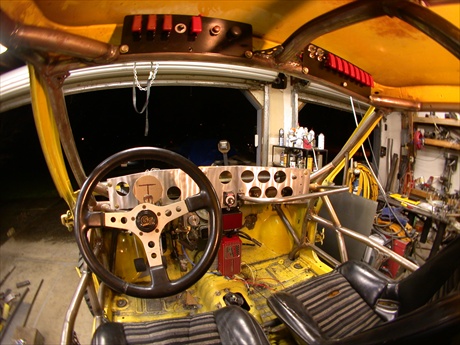

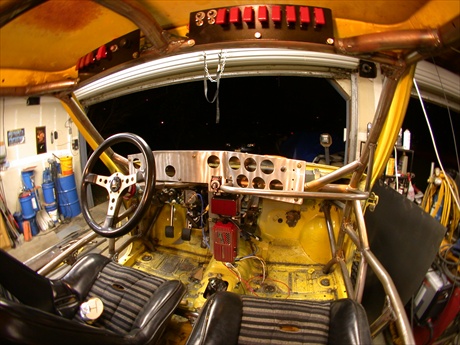







Bookmarks